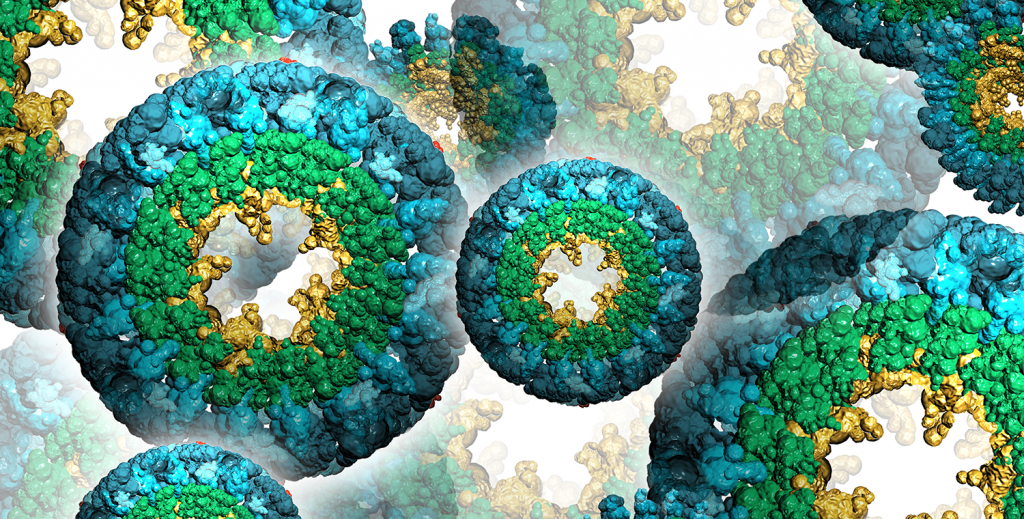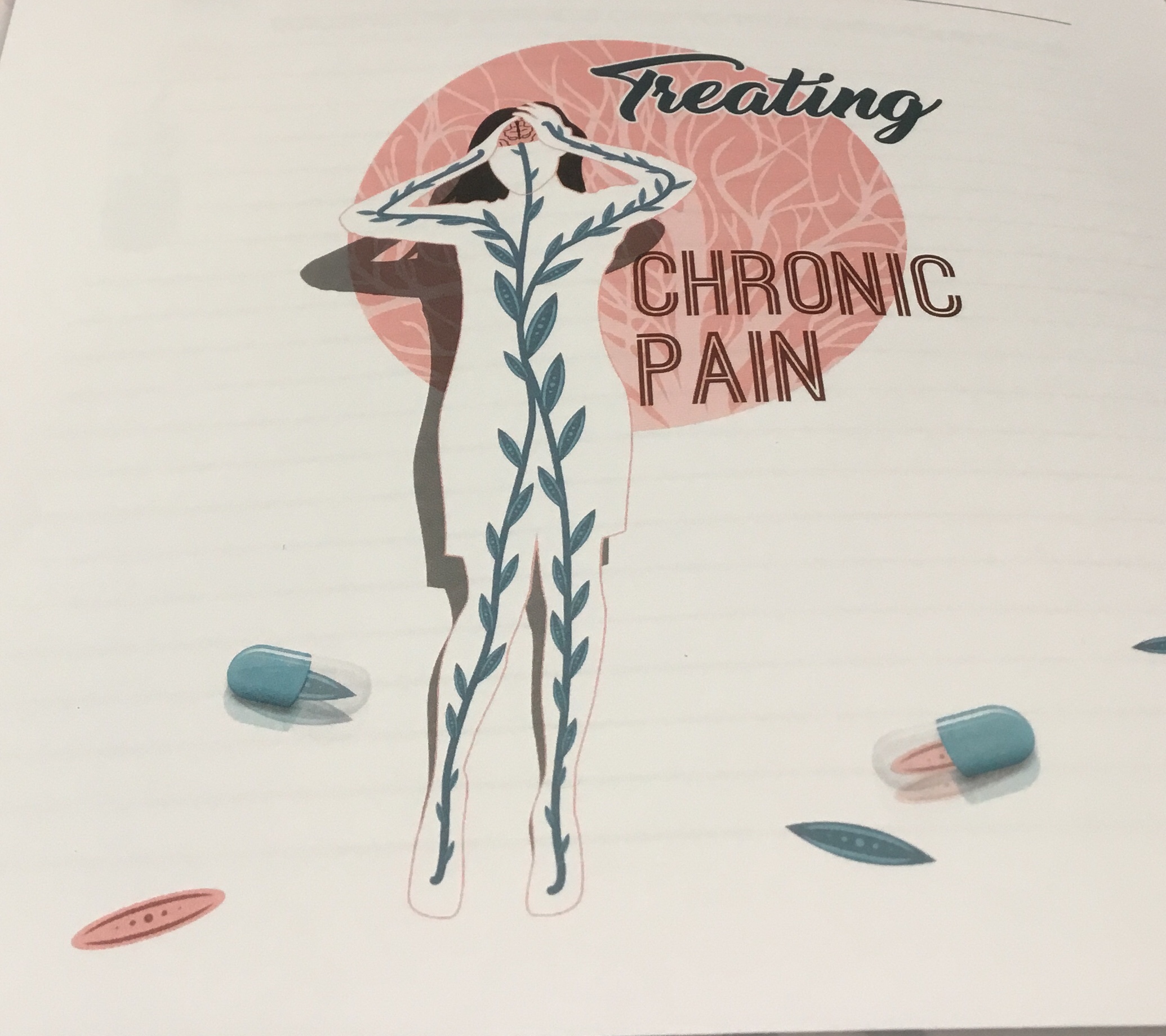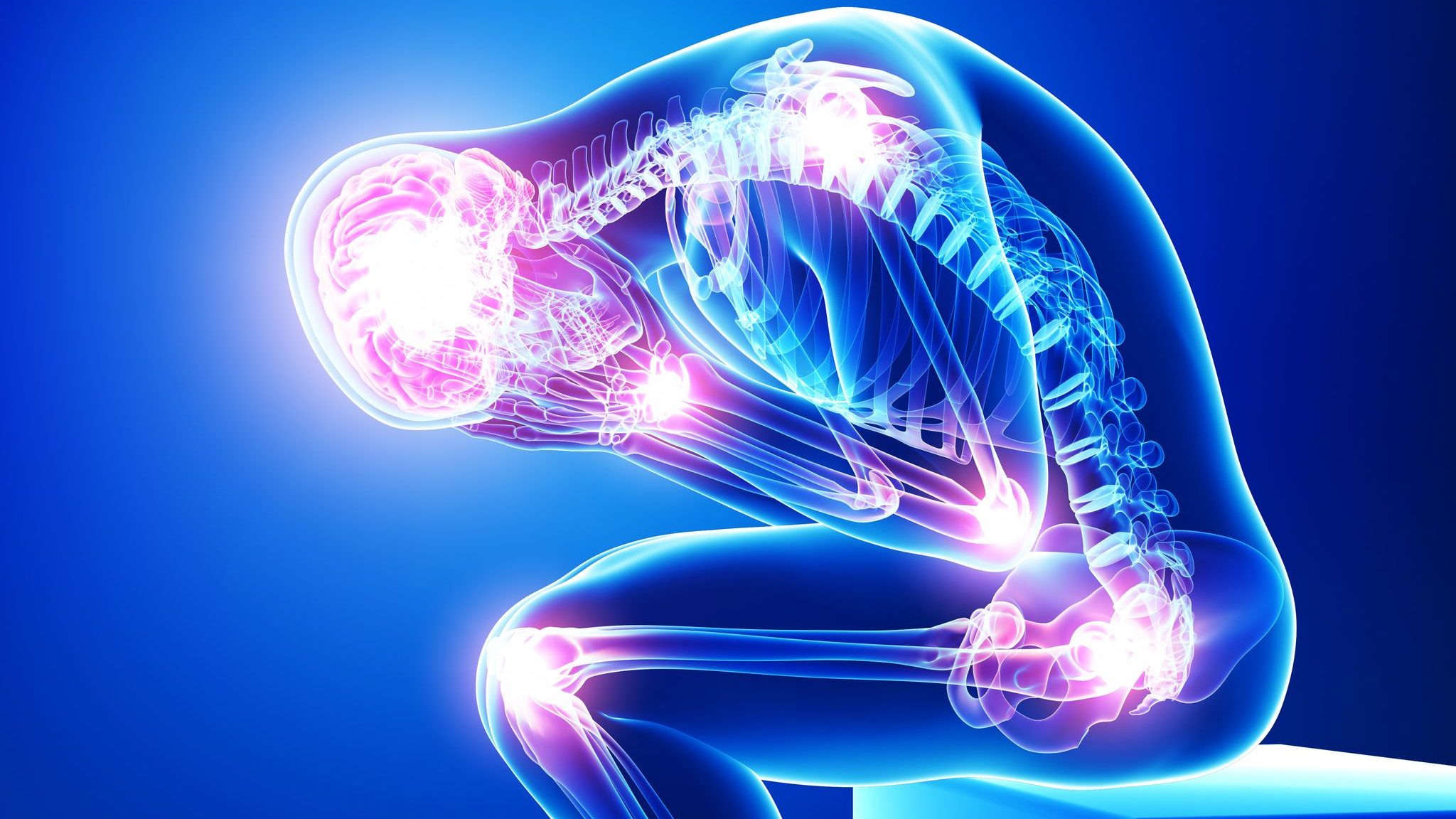A study published in the journal Science Advances has managed to identify a significant protein which can bring scientists closer to developing a cure for chronic pain.
[fvplayer id=”2200″]
Sortilin identified
 Sortilin, expressed on the surface of neural cells, is the protein which was found to play a major role in the development of pain in mice. It is highly likely that the same protein is also present in humans. The study titles “Sortilin gates neurotensin and BDNF signaling to control peripheral neuropathic pain,” was focused on this.
Sortilin, expressed on the surface of neural cells, is the protein which was found to play a major role in the development of pain in mice. It is highly likely that the same protein is also present in humans. The study titles “Sortilin gates neurotensin and BDNF signaling to control peripheral neuropathic pain,” was focused on this.
The exhaustive research was conducted over ten years, and this development has given hope to millions of people who are suffering from neuropathic pain, or pain developed by nerve injury. It can be triggered by an acute wound or a chronic disorder such as diabetes. Sensations like burning, stinging, freezing, and stabbing are quite common in chronic pain.
Such patients rarely find any relief from traditional painkillers, local anesthesia, and even morphine. The primary author of the article, assistant professor Mette Richner revealed that these people could fill their shopping basket with medicines “ without ever getting any good results”.
How the potential cure for chronic pain works?
 She explained that chronic pain is due to stimulation of overactive nerve cells. The cells are unable to regulate their activity, which results in discomfort. She added that understanding the molecular changes in the cells can help in developing a cure for chronic pain.
She explained that chronic pain is due to stimulation of overactive nerve cells. The cells are unable to regulate their activity, which results in discomfort. She added that understanding the molecular changes in the cells can help in developing a cure for chronic pain.
“And it’s here, at the molecular level, that we’ve now added a crucial piece to a larger puzzle,” she said. “Once nerve damage has occurred, and the nerve cells go into overdrive, molecules are released, which start a domino effect that ultimately triggers pain. The domino effect can be inhibited by a particular molecule in the spinal cord called neurotensin, and our studies show that the neurotensin is ‘captured’ by sortilin, so that the brake is itself inhibited,” explains Richner.
The research team is hoping that this discovery will help the pharmaceutical industry in developing blockers of this protein that can inhibit pain in the patients. However, since the study has only been conducted on mice until now, there is a long way to go before such medicine will be seen in the market.









